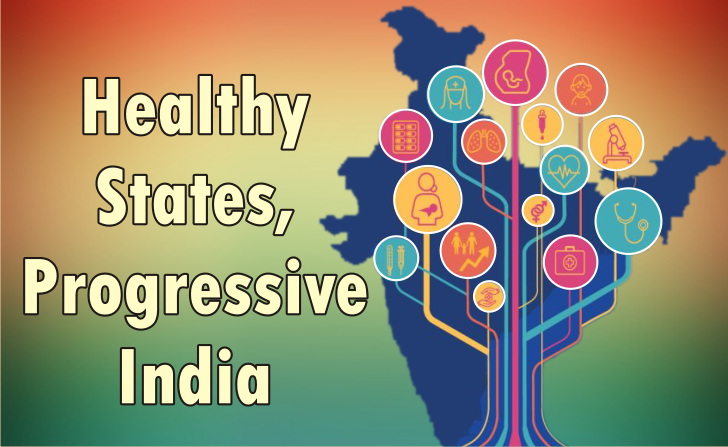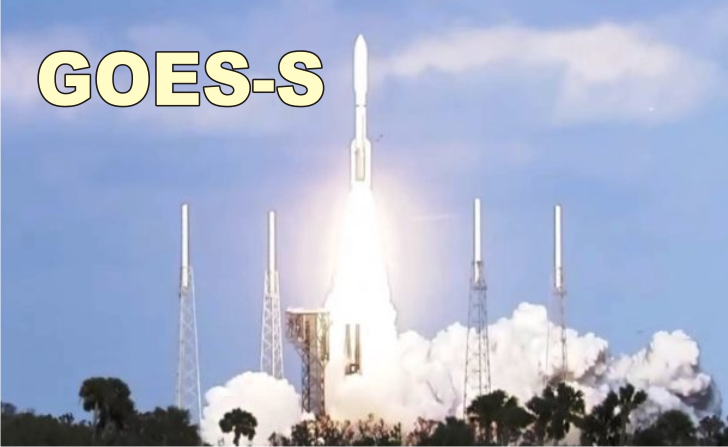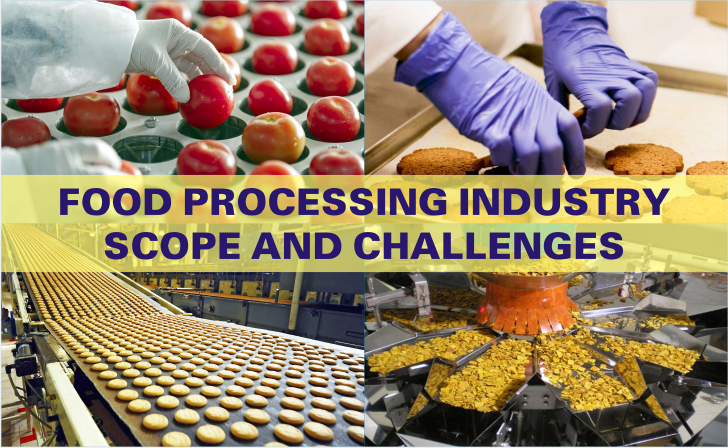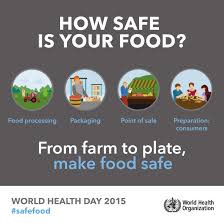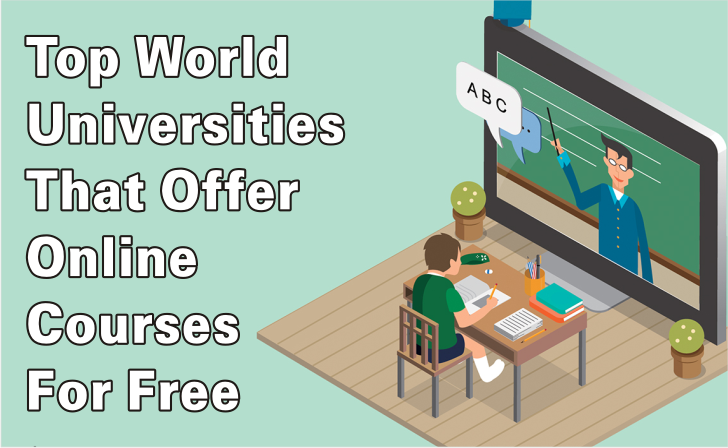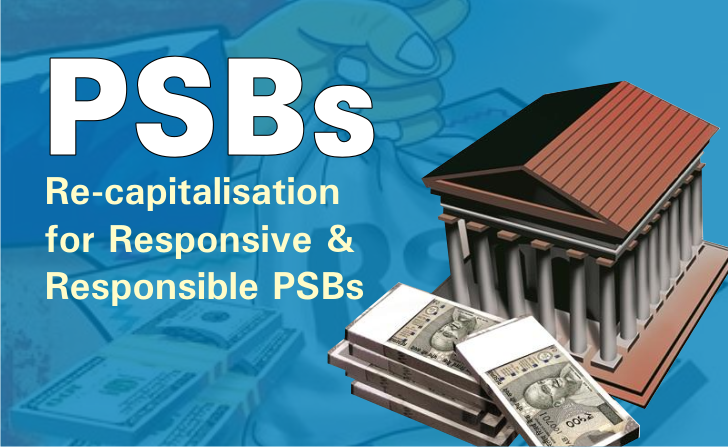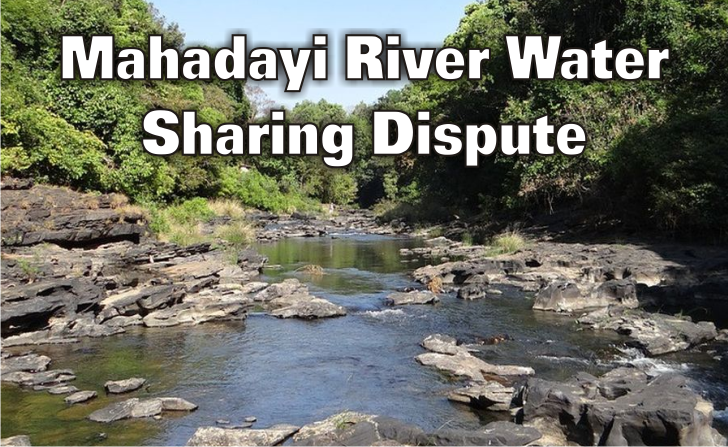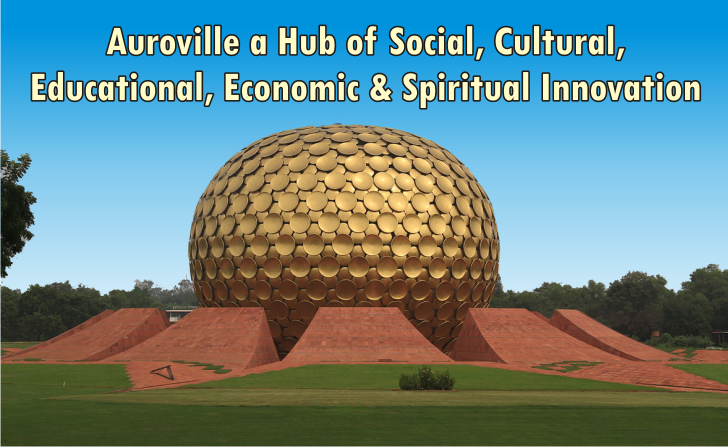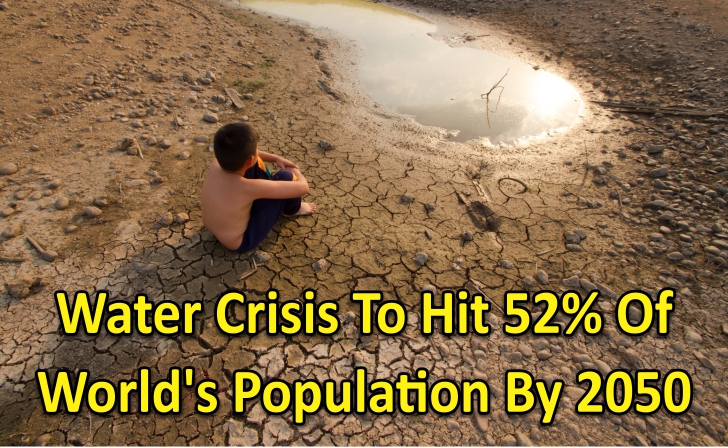To crack a bank interview is a not as difficult it is perceived. The candidates should master the art of cracking interview as it is the final push to achieve success in their banking career. There are practical suggestions with regard to physical appearance, skills and knowledge for them to follow while preparing for the interview.
Dressing up in immaculate manner does help in portraying yourself in sincere decent image before the interviewers. So, always be neat and clean including being clean-shaven, with hairs well-trimmed and nails well-pared. In choice of dress, it is recommended to wear a well-ironed formal shirt (a coat and tie, if possible), trousers and polished shoes; strong perfume/deodorant should be avoided.
You should possess clarity of thoughts and confidence in your knowledge on current affairs; you should be honest in your communication with the board suggesting that you are good at work ethics and serious about the job you are supposed to take up. It is noteworthy that anything is expected to be asked on current affairs, so, you should be punctual in reading monthly competition magazine with care and attention on regular basis.
As soon as you enter the interview room, never forget to follow small but significant behavioral etiquettes: take permission to sit down and if desired, offer them a copy of your bio-data and your certificates in pleasant and civil manner. Normally, the Bio-data is already available with the interviewers and certificates or the testimonials are verified before your interview starts. Your body language may make or mar your chances of being selected in the interview. Your posturing and gesturing should reveal dignity. While interacting with the members of the interview board always have gentle eye contacts and never forget to occasionally share a mild smile. Besides, a little use of hands-raising or gentle finger-indication in explaining certain important things may send a good impression on the minds of the members, apply it wisely.
Questions like “tell me about yourself”, put up by the interviewers is very important. The more effectively and impressively you respond to this question, the more you strengthen your position in winning the favour of the interview board. It depends upon the reply to the first question that the interviewers are encouraged to pose to you more questions and their interest in you is gradually and steadily established. However, always make an internal analysis of what most interests the interviewer; so always focus on the areas, in your measured response, which are relevant, and in your wise view, can convince the board about the suitability of yours for the offered position. The interviewer may pose such questions as “how will you perform the job” and “how you will be able to fit in the position, you are offered” and “how will your selection help the organization to grow further” and they expect from you highly convincing and satisfactory response.
The toppers’ interview published in a prestigious monthly magazine should be regularly read with a view to keep abreast of the trends in current competition environment. Successful candidates’ interviews published in competition magazines help the new interviewees a lot in cracking the interview and emerge successful.


